Baseball

Baseball Runner
In baseball, base running is the act of running around the bases performed by members of the team at bat. In general, base running is a tactical part of the game with the goal of eventually reaching home to score a run. The goal of batting is generally to produce base runners, or help move base runners along. Runners on second or third base are considered to be in scoring position since a normal hit, even a single, will often score them. Part of the goal of a runner and a batter is to get the runner into scoring position.
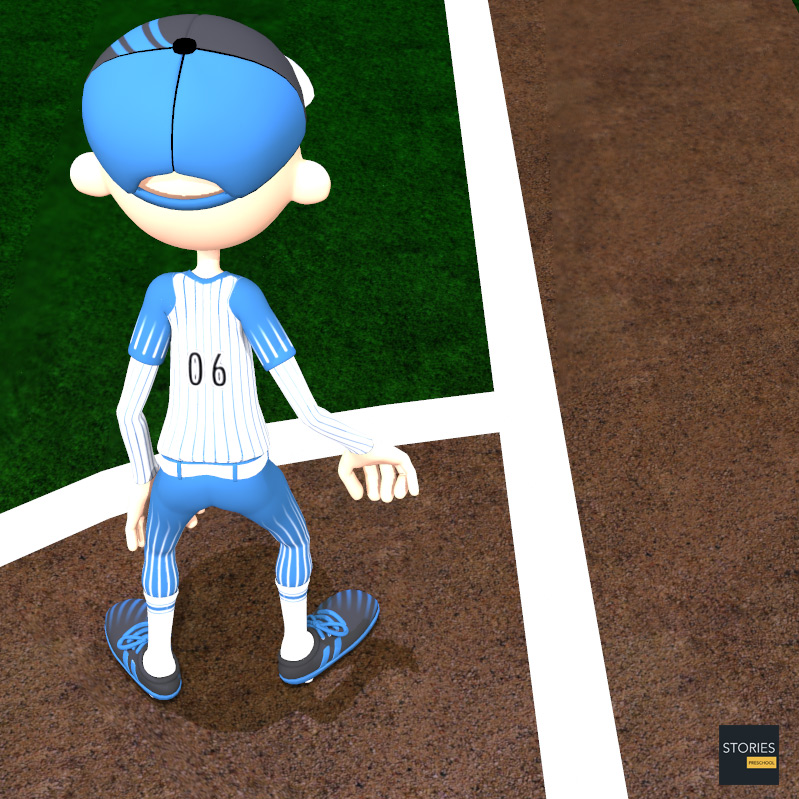
Becoming a runner
For any base running to occur, a batter must initially become a base runner. This happens when:
- hits a ball into fair territory and is not put out,
- receives a base on balls,
- is hit by a pitch,
- hits into a fielder's choice,
- the defensive team commits an error that allows him/her to reach base,
- there is an uncaught third strike, or
- the catcher or any fielder interferes with him/her, or
- a fielder other than the catcher interferes with him/her.
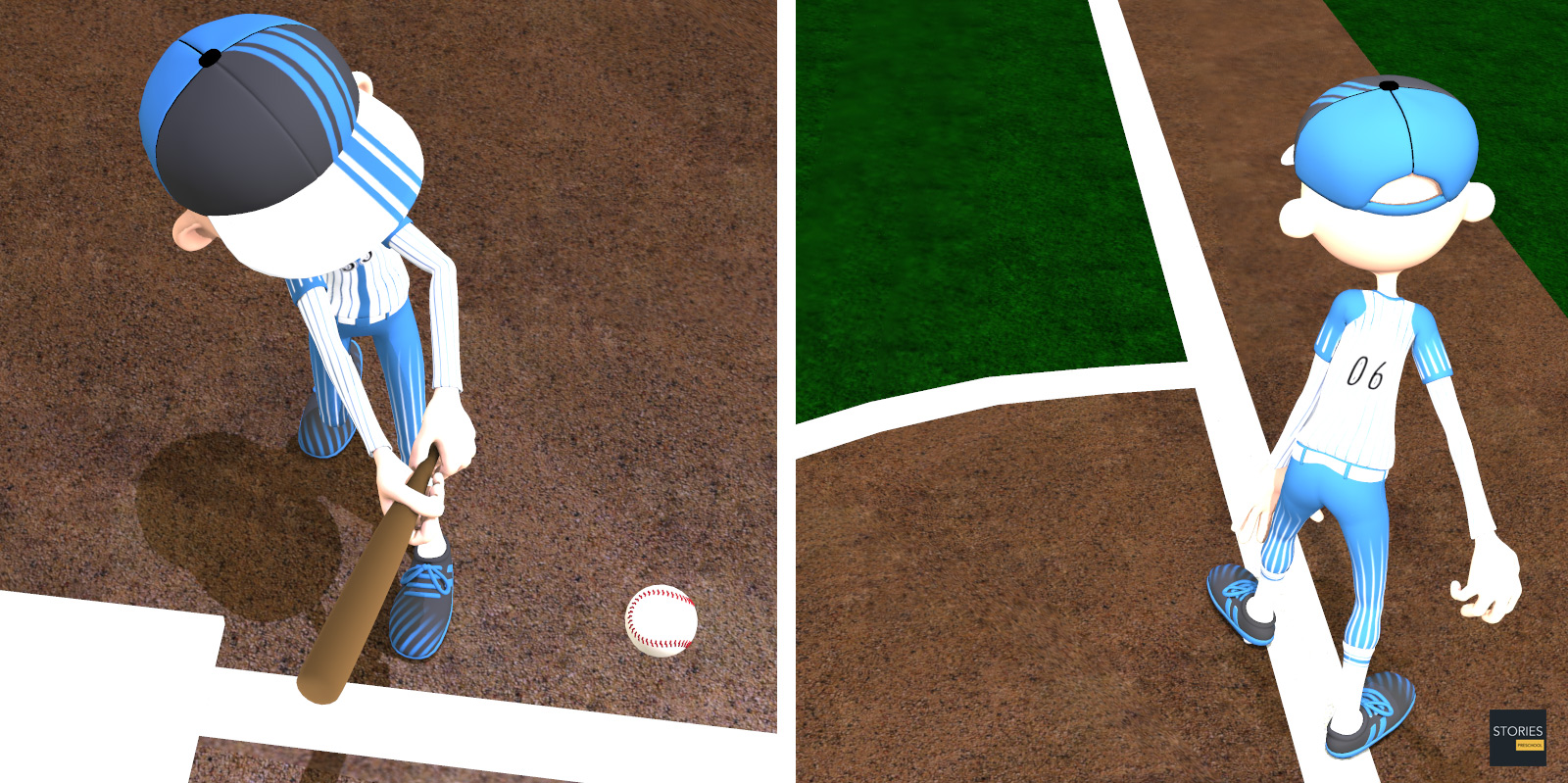
The Batter-runner
The term batter-runner is used in official terminology to identify an offensive player from the time he puts a fair ball into play or the third strike is not caught (thereby ceasing to be a batter) until the end of the play he initiated, whether the play results in the player being put out or becoming a runner by legally attaining first base or any subsequent base. The term is generally not applied if the batter hits a foul ball or to a player awarded first base, e.g., for a base on balls.
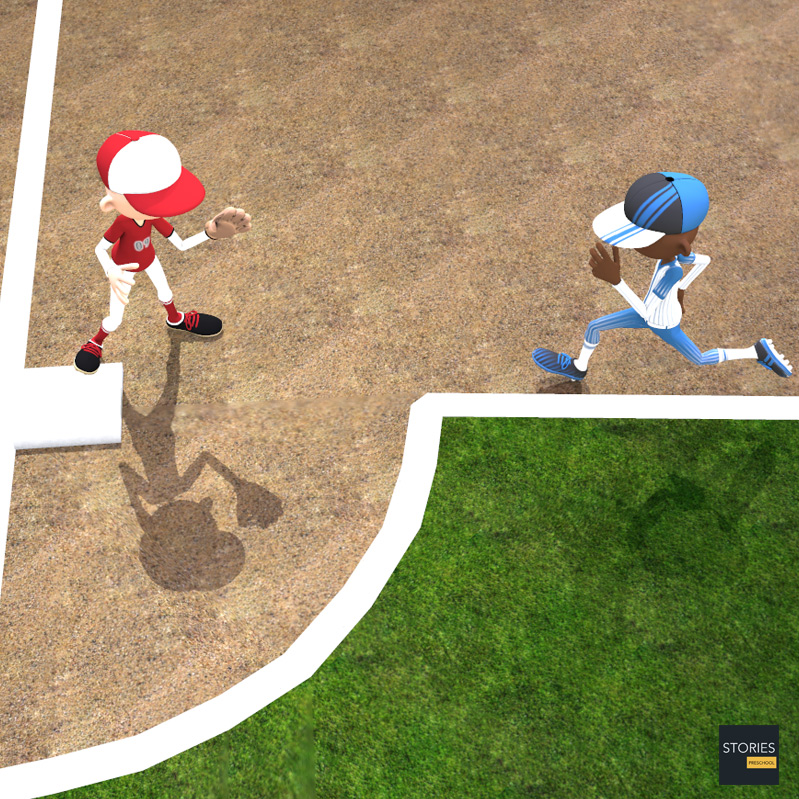
Ceasing to be a Runner
A player ceases to be a base runner when:
- he/she scores a run,
- he/she is put out in any way, or
- a teammate is put out for the third out of the inning.
If a base runner's teammate is put out for the third out of the inning, he/she is said to be left on base (LOB).
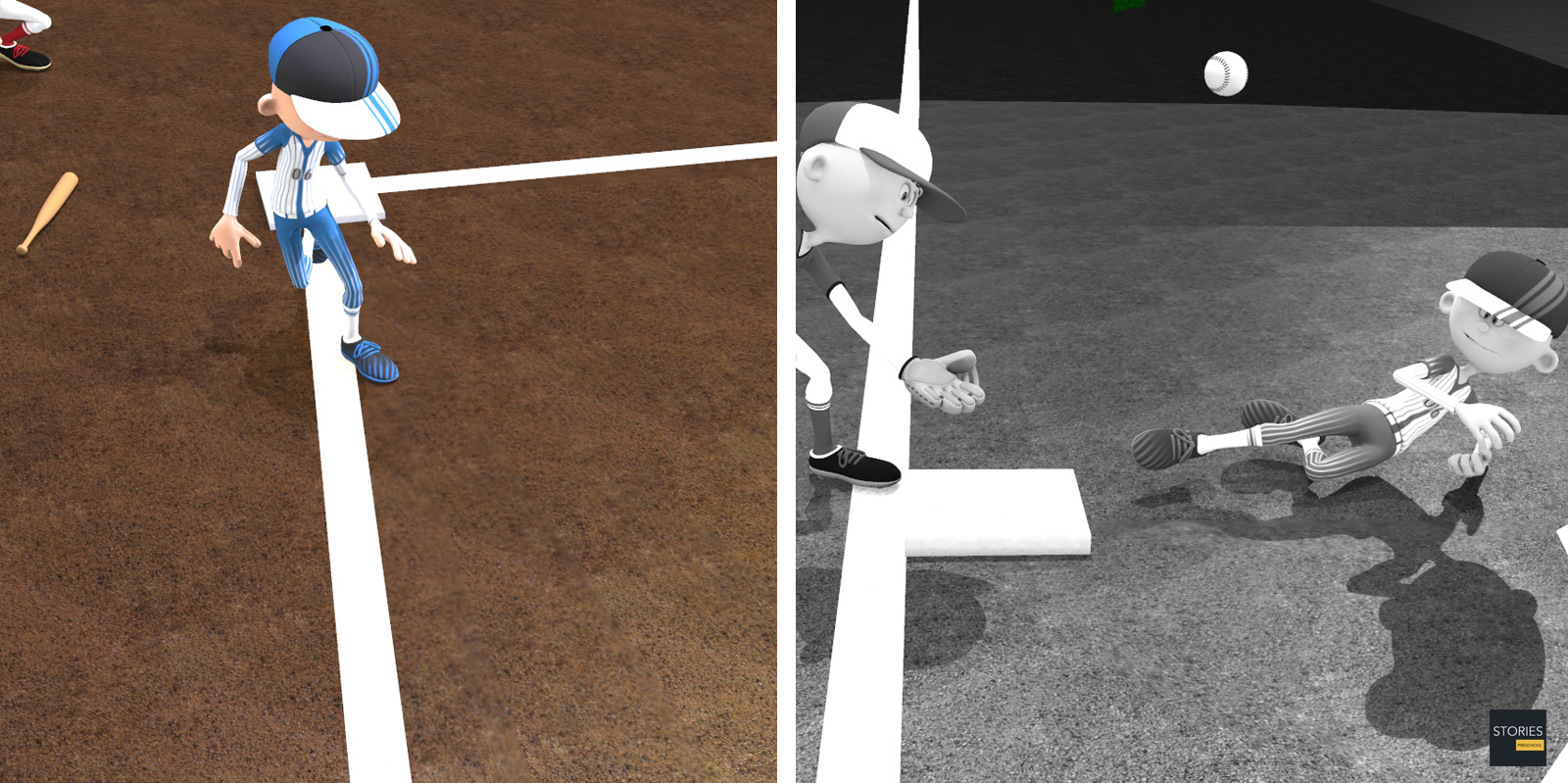
Running the Bases
A runner who is touching a base which he is entitled to occupy may not be tagged out. Runners may attempt to advance from base to base on any fair ball that touches the ground. When a ball is hit in the air (i.e., a fly ball) and caught by the defending team, runners must return and touch the base they occupy—called tagging up—after the ball is first touched by a fielder. Once they do this, they may attempt to advance at their own risk. On a ball that touches the ground in fair territory, if there is a force, runners are required to run.
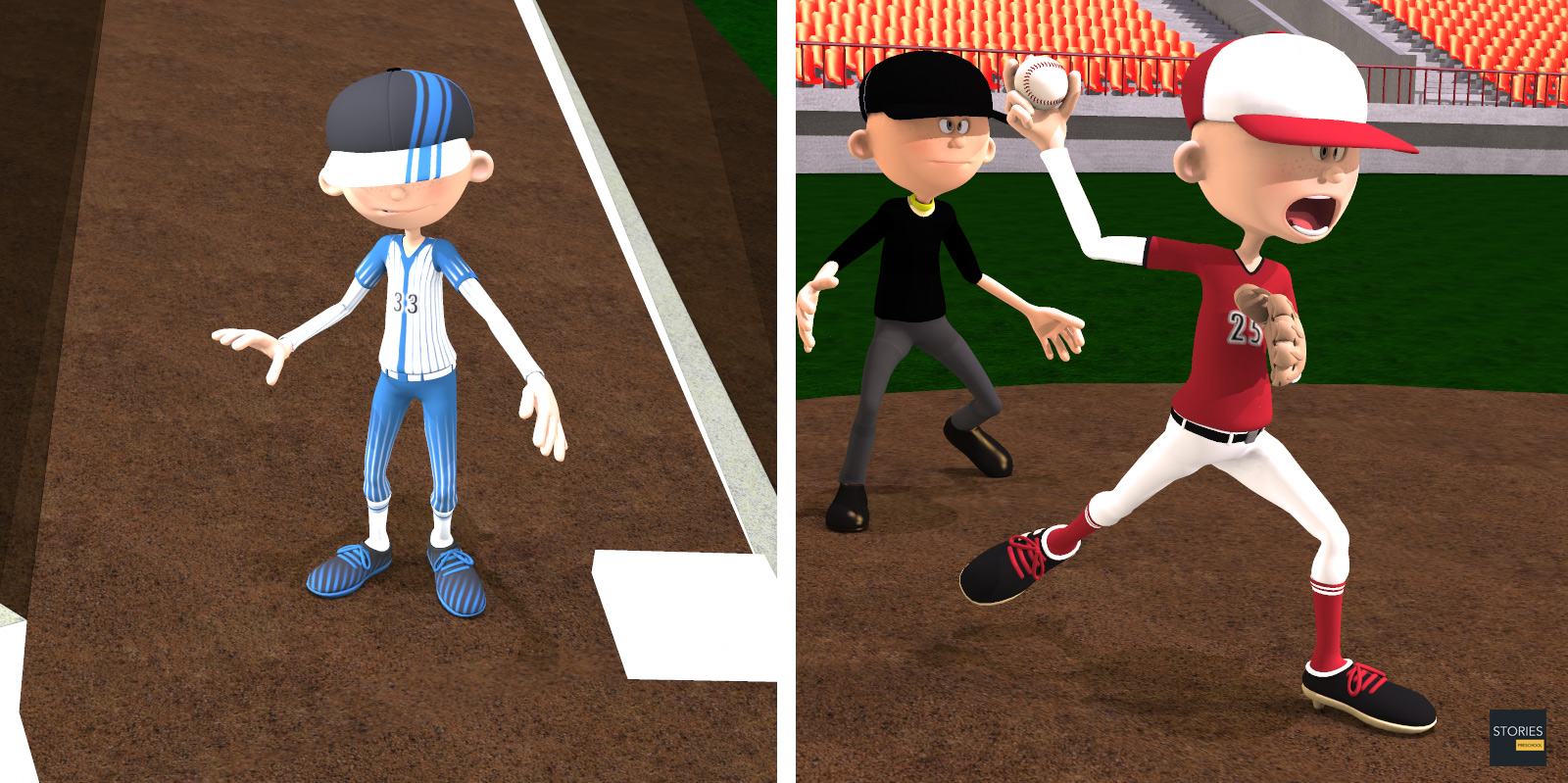
Base runners may attempt to advance at any time while the ball is alive, even before or while the pitcher is throwing a pitch. The catcher—or pitcher, in lieu of delivering the pitch—often tries to prevent this by throwing the ball to one of the infielders in order to tag the runner. This pick-off attempt is usually unsuccessful in tagging out the runner but is effective in keeping the runner closer to the base. If the runner is tagged out while diving back to the base, it is called a pickoff. If the runner attempts to advance to the next base but is tagged out before reaching it safely, he is caught stealing. A successful attempt by the runner is called a stolen base. If a pitch gets away from the catcher, runners may also try to advance. This may be a wild pitch, if the pitcher is held responsible for the ball getting away, or a passed ball if the catcher is deemed to be at fault. Sometimes the defending team will ignore a runner who is trying to steal a base; in this case a runner is not credited with a steal, and the base is attributed to defensive indifference.
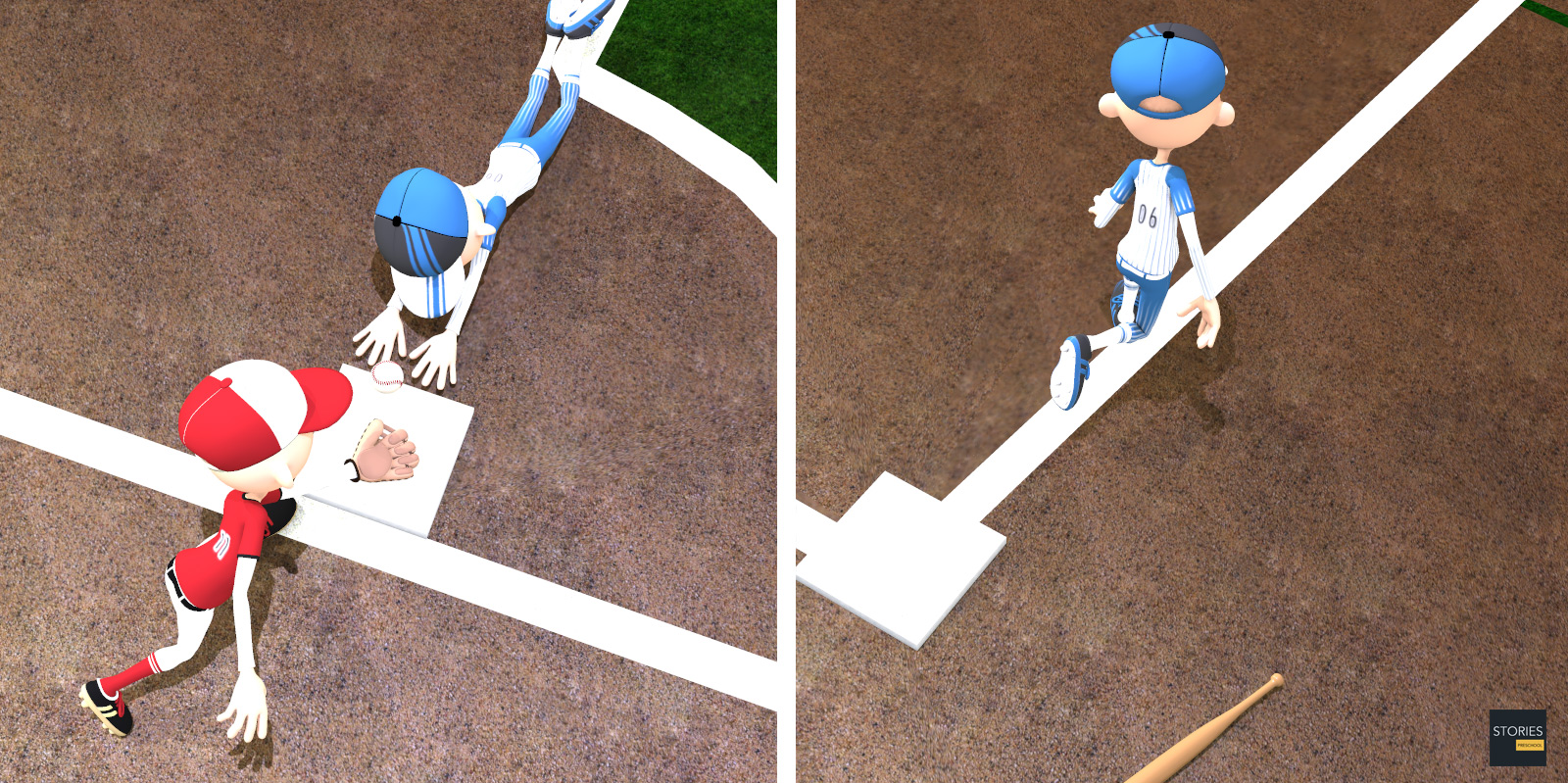
Strategy
The standard dimensions of a baseball field, with 90 feet (27.4 m) between bases, generate many close base running plays. On one hand, an infielder who cleanly fields a ball hit on the ground, then throws it quickly and accurately, will usually get the ball to a base before the runner reaches it. However, any hesitation or mistake on the part of the fielder may allow the runner to reach the base safely. Teams that are familiar with their opposition may attempt to run when a certain player has the ball. For example, on a deep fly ball to center field with a man on second base, if the center fielder is known to have a weak arm, the runner on second base may attempt to tag up to get to third, even though that is a risky play.
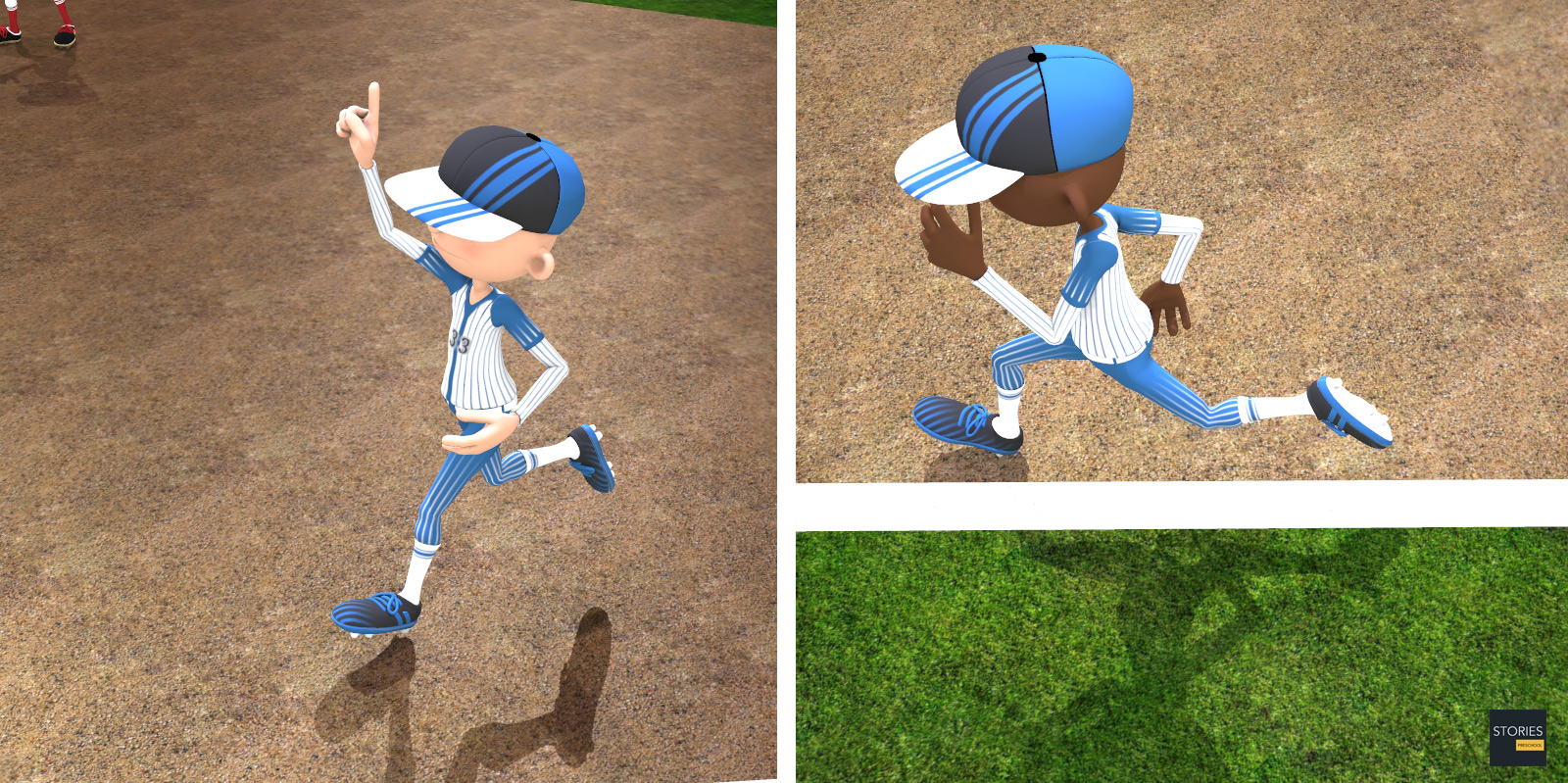
Base running and hitting are often combined to produce better results. Smart, quick base running is a key element in the squeeze play. The hit and run and similar plays involve base running. When the count is full and there are two outs, runners with a force behind them will always run as if they were stealing, since they cannot be caught stealing: a strike is the third out, a walk entitles him to the next base, a foul is not in play (runners return to previous bases without jeopardy), and the runner should be running on any ball hit into play. Also, good runners will often try to get extra bases when a play is being made at a different base. For example, when there is a runner at second base and the batter hits a shallow single and there is a play at home plate, the batter might try to get to second (though this would be scored as a single with the batter advancing to second on the throw, rather than a double).
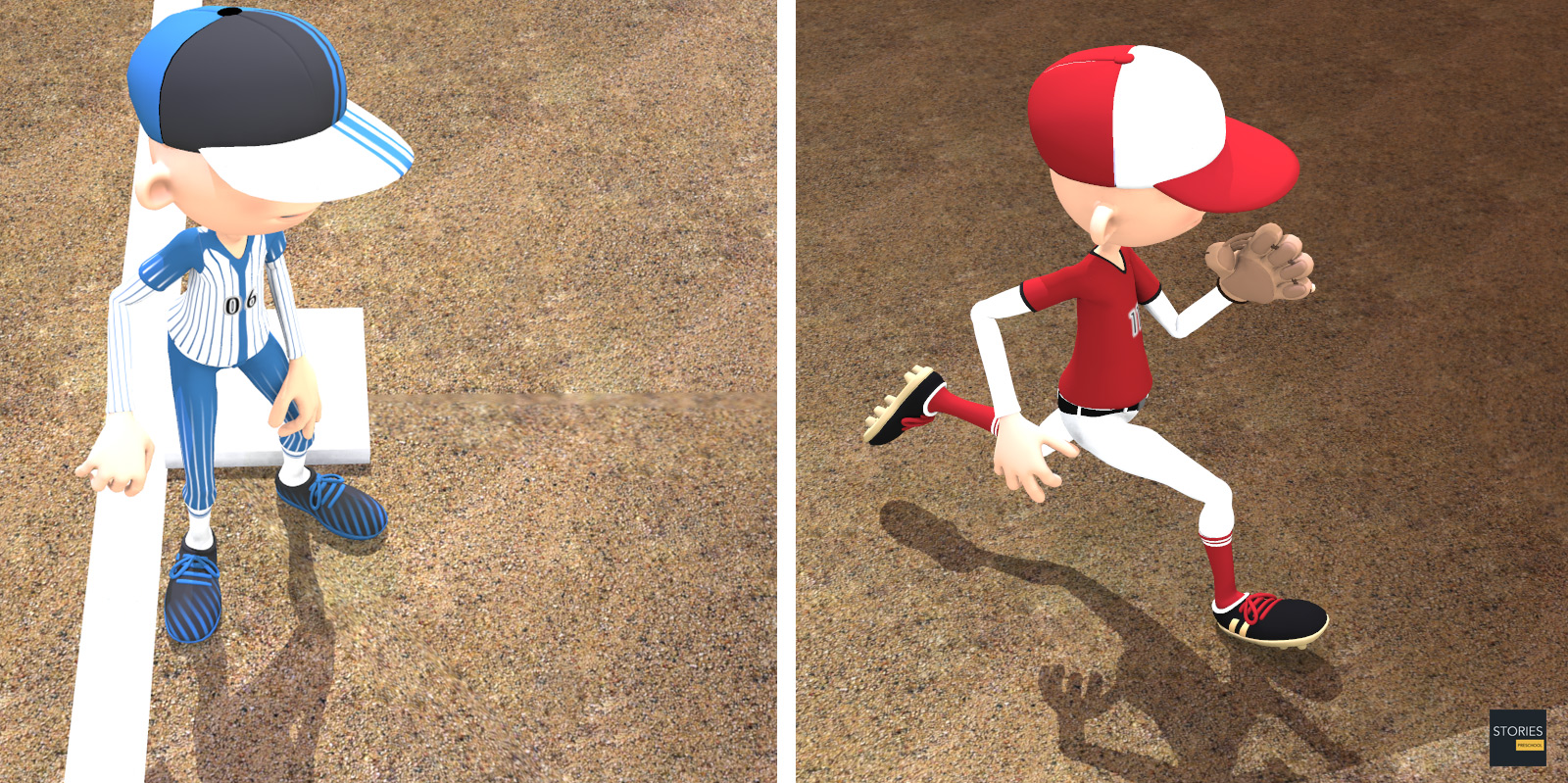
Sometimes runners can be helpful even after they are out. The most common way to do this is during a potential double play. If a double play has begun, and the runner running to second knows he will be forced out, he will often try to aid the runner running to first base by performing a take-out slide, to stop the player with the ball from throwing to first. Some versions of such a slide could be considered offensive interference in amateur competition, but this maneuver is traditionally tolerated in professional baseball.
Some tag plays are so close that the slide performed by the runner affects the outcome. The right type of slide with the right location might allow the runner to be safe, while a conventional slide might allow the defending player to lay down the tag in time.
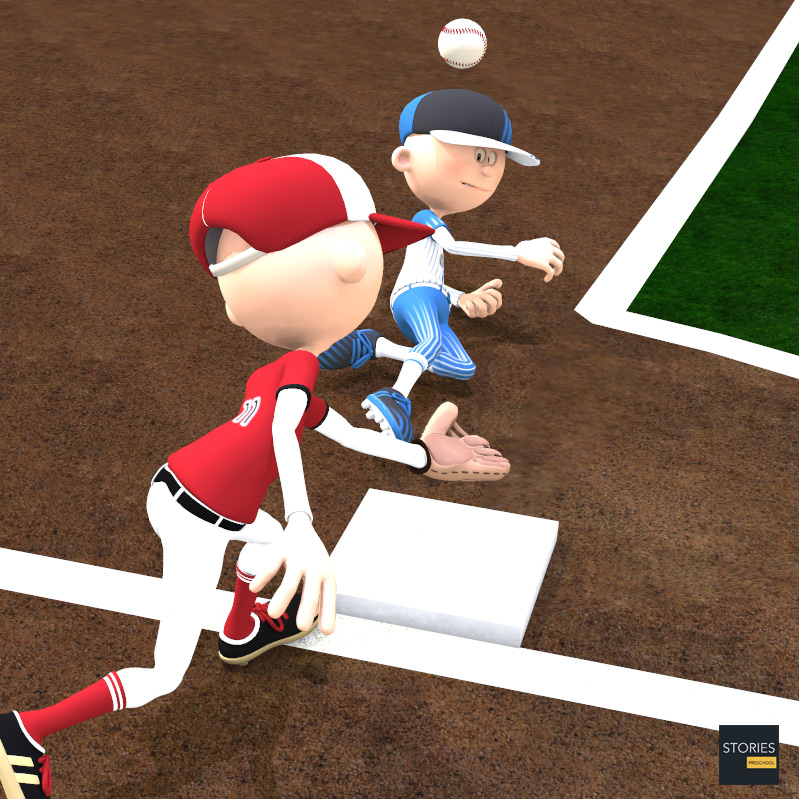
SPORTS

RESOURCES
This article uses material from the Wikipedia articles "Baseball" and "Base running", which is released under the Creative Commons Attribution-Share-Alike License 3.0.
© Stories Preschool. All Rights Reserved.












